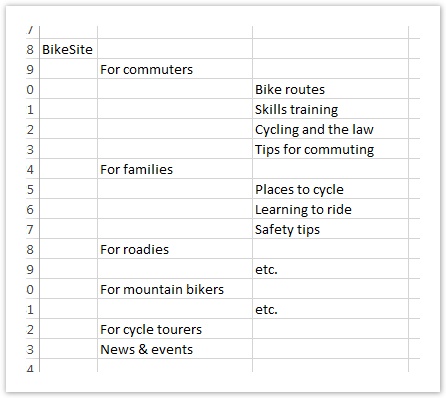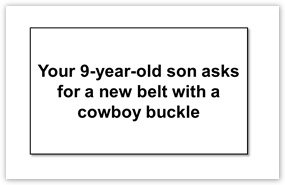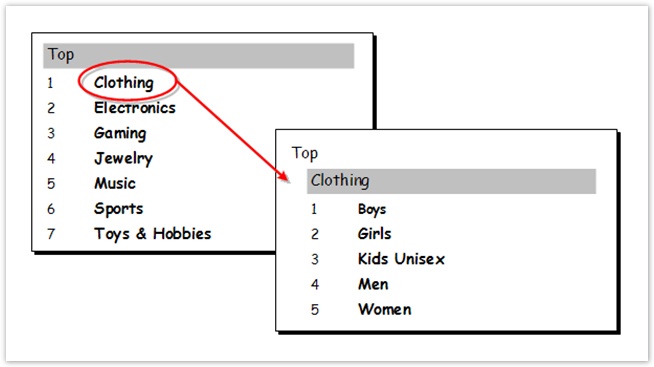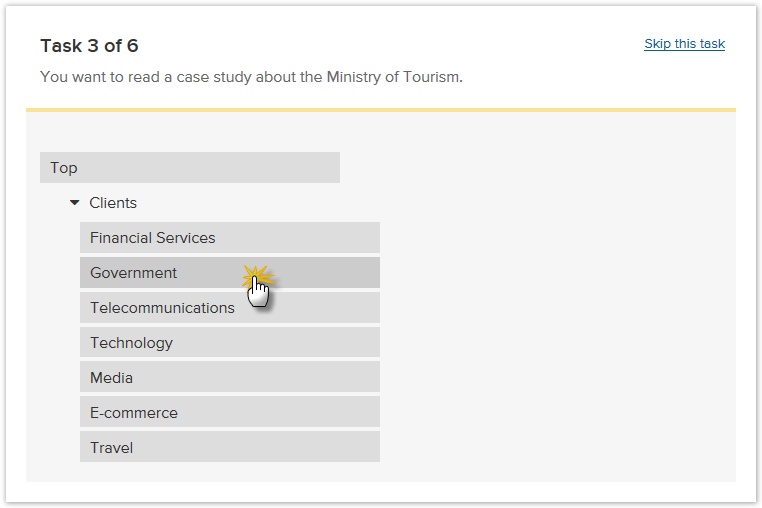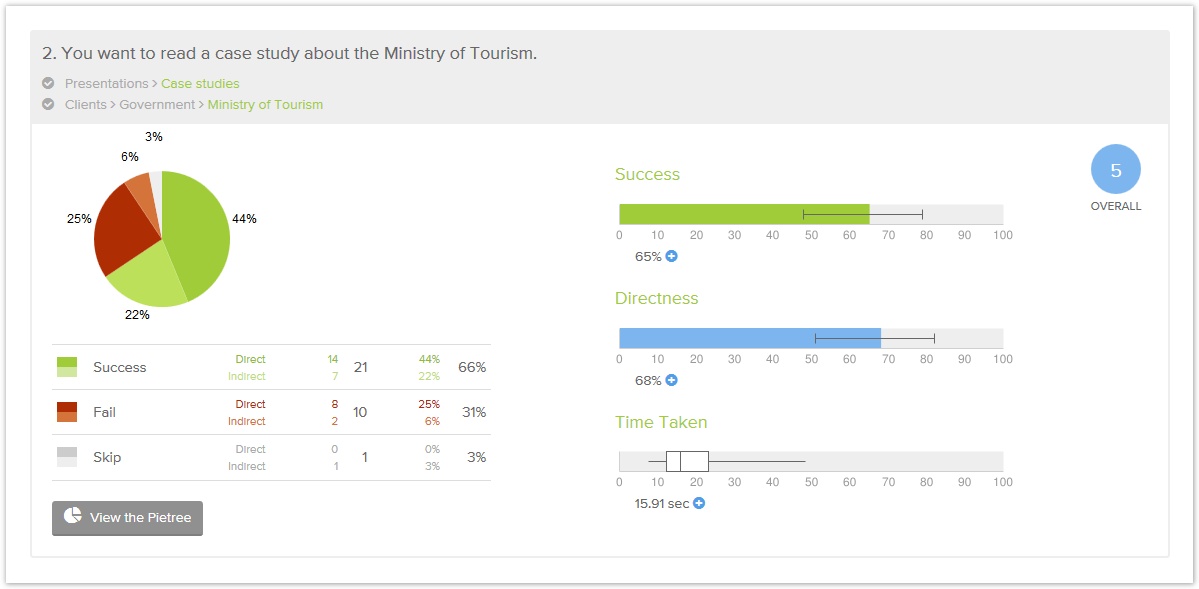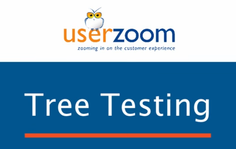What is tree testing?
In a nutshell, tree testing is a simplified way to measure how easy it is to find items in a site structure.
We run a tree test to see if our users can find what they’re looking for in a “tree” of headings and subheadings.
Tree testing only uses the bare text “skeleton” of our site, without any page layout, visual design, or even content. By design, it only looks at two elements of our information architecture:
- Organisation – how we divide our content into headings, subheadings, and so on
- Labeling – how we name those headings so they are (hopefully) clear and distinguishable
If our users consistently find the correct answer without too much time or effort, then our site structure is effective. If they can’t, tree testing helps us find out which parts of the tree are not working as well as they should.
For more on how tree testing fits into the bigger field of Information Architecture (IA) and how it compares to other IA methods, see Chapter 3 - IA in the design process.
What is a “tree”?
The “tree” in “tree testing” means the hierarchical structure of our website or information space, represented as a multi-level list of text headings:
Typically this corresponds to the global navigation of our website (for example, the top-level tabs and their respective sections and subsections).
We may be testing an existing tree (e.g. the structure of our existing site) or trying out a new tree (revised, or completely rethought) to see how well it works.
What is a task?
When users visit our site, they’re almost always looking for something specific – a phone number, the features of a product, and so on.
In a tree test, we simulate this by giving them tasks – scenarios where they are asked to look for specific items in our site structure. These are typically the most common and/or critical things our site visitors are seeking.
Here’s an example of a task for a banking site:
“How would you arrange to get notified when your account balance is low?”
Paper vs. online
Tree testing was originally done using index cards, where each card showed a set of topics or subtopics. Given a written task...
...participants navigated down through the cards until they found what they were looking for:
The moderator recorded the steps in a spreadsheet, then looked for patterns across participants.
Most tree testing is now done using online web tools. The basics are the same, but online studies are usually unmoderated – that is, the participant can do the test any time, at their own computer, without a moderator present.
The other big difference with online tree testing is that the analysis is much easier, because the tool itself compiles the results and offers several ways to analyze and visualize them:
Video introductions to tree testing
To understand the fundamentals of tree testing better, check out these short introductory videos from tree-test tool vendors:
Other names for tree testing
As tree testing has emerged as a separate technique in the IA toolkit, people have given it different names. To avoid confusion, here is a list of terms that are all refer to the method most popularly known as “tree testing”:
- Card-based classification evaluation
This was the original term used by Donna Spencer, who first documented the paper method in this 2003 Boxes & Arrows article. - Reverse (or inverse) card sort
This term links the method to card sorting (a complementary tool), but misleadingly implies that it involves sorting cards. - Task-based category testing
This term is more accurate, but still a bit of a mouthful.
- Information-architecture testing
This term is too broad; IA also includes other elements such as navigation, search, and content, which tree testing does not try to address. - Taxonomy testing
In the web world, taxonomies usually mean site trees, so this term is accurate, though harder to spell than "tree test".
Next: Why run a tree test?
Copyright © 2016 Dave O'Brien
This guide is covered by a Creative Commons Attribution-NonCommercial-NoDerivatives 4.0 International License.
